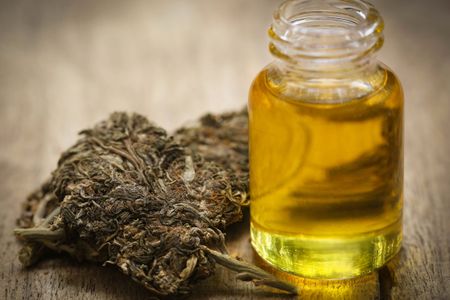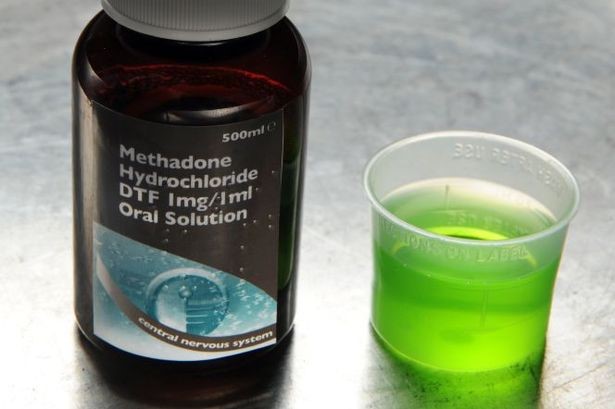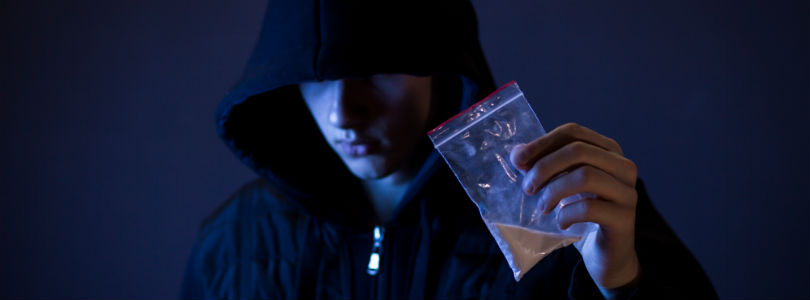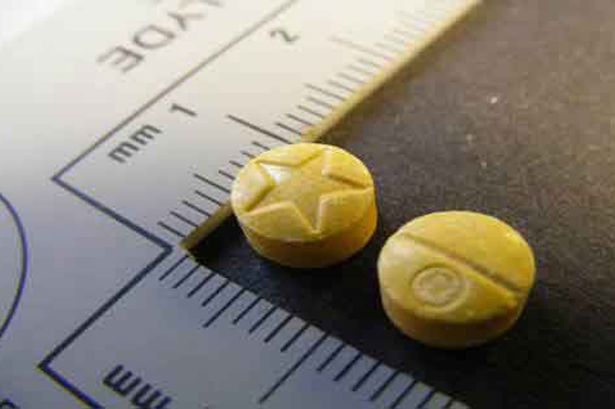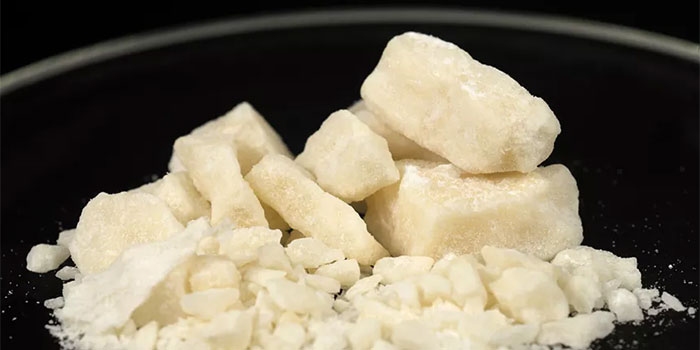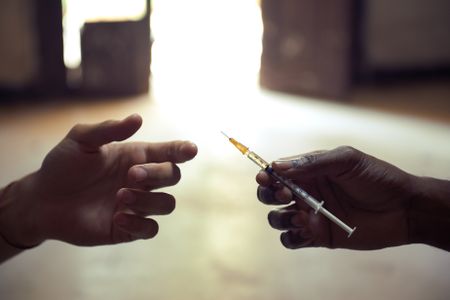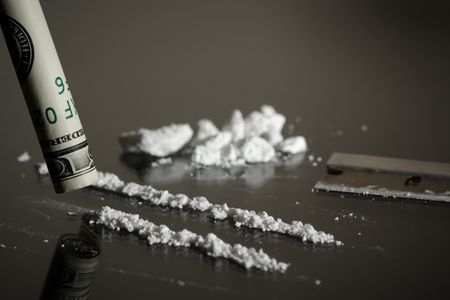Can weed be addictive? Yes. All substances with psychoactive (mind-altering) effects, including cannabis, can lead to ad...
News from Scotland around methadone overdoses highlights the need for better access to detox, rehab and extended care â€...
Cocaine availability, purity, seizures and harms are all rising in Europe, to record levels in some EU countries – wit...
In England, Scotland and Northern Ireland, there are now more than 200,000 opiate and crack cocaine users, aged 35 to 64...
Lisa, a recovering MDMA addict, describes her experience of using ecstasy and how she became addicted. In this blog, she...
Crack cocaine use is up in England and the Government want to know why. A report from the Home Office and Public Health ...
The tragic death of Louella Fletcher-Michie – believed to be the first person in the world to die after taking 2C-P â€...
A research team from the UK and Canada have found ‘robust evidence’ that teen cannabis use increases the risk of dep...
According to the Government’s Crime Survey for England and Wales, increasing numbers of young people are using ketamin...
My Girlfriend Uses Cocaine – Get Help with Cocaine Addiction You may have spotted some of the signs that your girlf...


